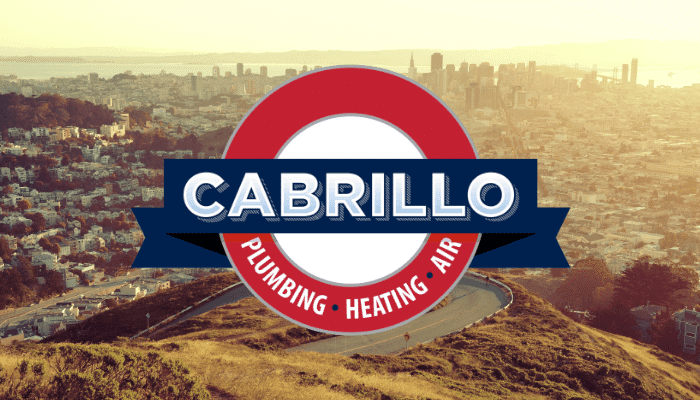
As it gets colder outside and we begin to use our fuel-burning appliances more and more, this is a good time of year to remind Bay Area homeowners about the possibility of carbon monoxide leaks in the home. Although carbon monoxide leaks are dangerous, they don’t have to be a threat if you take the right preventative measures. In order to help you do that, today we’re going to talk about the possible sources of carbon monoxide in the house and how to keep your home well protected from the gas!
Why is carbon monoxide dangerous?
Carbon monoxide (CO) is a gas that’s produced as a byproduct whenever fuel is burned. It is a colorless and odorless gas, making it difficult to detect even at high levels. CO can leak into your home’s air for a variety of different reasons, as you’ll see below.
If carbon monoxide levels get dangerously high in your home, it can be life threatening. In addition, long-term exposure to low-levels of carbon monoxide can cause illnesses and frequent symptoms like headaches, nausea and dizziness.
What are the possible sources of carbon monoxide in the house?
Some of the most common sources of carbon monoxide in a home’s air include:
- Malfunctioning fuel-burning appliances like furnaces, water heaters, clothes driers and gas-powered space heaters
- Blocked or clogged flue pipes
- Fireplaces that are not vented properly
- Cars that are left running in the garage
- Cigarette smoke
How can you keep your home protected from carbon monoxide in the house?
One of the best ways to protect your home from carbon monoxide leaks is to have your furnace and water heater tuned-up every year. During your tune-ups for these appliances, we’ll look for any signs of problems that are commonly linked to carbon monoxide leaks (such as back drafting or a cracked heat exchanger in your furnace). By scheduling your tune-ups, you can ensure that your furnace and water heater are operating as safely as possible.
Another important way to keep your home protected from carbon monoxide is to ensure that you have CO detectors installed in all the right places in your home. You should have at least one CO detector on every floor, and there should be one within earshot of every bedroom. Make sure that you regularly test these detectors and keep a fresh pair of batteries installed in each of them.
Finally, you can help protect your home from carbon monoxide by eliminating the gas at its source. For example, never leave a car running idle in your garage, never use an oven or stove to heat your home and don’t allow smoking inside of your house.
If you have any questions about the possible sources of carbon monoxide in your house, or if you’d like a plumbing or heating system serviced or installed in your home, contact Cabrillo, your Bay Area plumbing, heating and air conditioning contractor.
